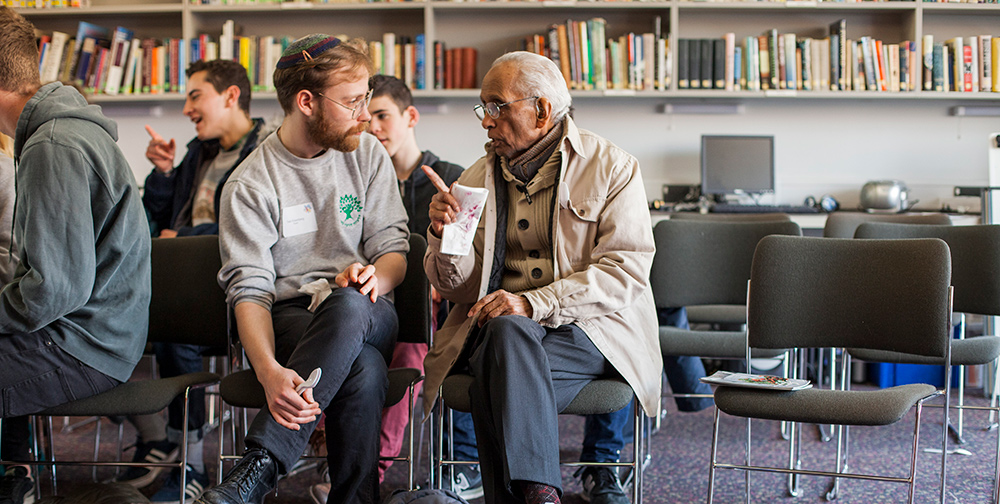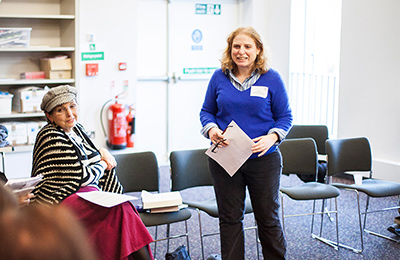Nitzavim

On the day of his death, Moses assembles the Israelites to enter individually into a second Covenant with God, to establish them as His people. “Atem nitzavim hayom” – “You are all standing this day.” The use of “nitzav” is significant, meaning standing firmly or ready. Standing as a community is respectful, and the publicly spoken word has binding force.
Moses lists everyone, men women, children, the stranger, the woodcutter and the water drawer. The Covenant is also for those future generations “who are not here this day”.
“A rabbi’s son was dying, and his father’s prayers restored him to life. Asked what he had seen in heaven, the young man replied that there the greatest was the least, and the least person was exalted.” (Talmud, Pesachim 50 A)
We are equal and unique; each person makes their own contribution that only they can give.
This is Moses’ third and final discourse, and he knows its importance to an often rebellious and easily led people. His words have repetitive urgency, and he commences with a reminder of life in Egypt and the idolatrous tribes encountered since. The people must sincerely commit to the Covenant. Anyone signing up but secretly intending to continue with evil ways will be cursed, and their name blotted out. Moses must have been distressed by the message, aware the people would relapse, and the consequences. After witnessing the pyrotechnics at Sinai, and the earth opening up to swallow miscreants alive, the Israelites must have been petrified with fear. They are promised that, if they return to God, they will be “taken back in love”. They have free will, so their future is in their own hands. However, they must make the first move.
Heaven and Earth are called to witness the Covenant as they are eternal. The Torah is for everyone and for all time. We do not have to search for it, nor is it difficult to understand.
“It is not in the heavens or beyond the sea. It is in your heart and in your mouth to observe it.” (Deut. ch 33, v 13)
So, we already know what to do.
Why are the woodcutters and water drawers singled out? In one interpretation, using the imagery of the Torah as the Tree of Life, woodcutters reject tradition and destroy, cut others down to size, wishing to remake them in an acceptable image. Their relationship with God is superficial, expecting blessings for performing ritual, but without inwardness.
The water drawer, on the other hand, performs an essential service, providing the basic element that sustains all life.
They allow us to think of others as people from whom we can learn and grow, and allow them to reciprocate in a balanced way.
Whatever they represent, they shared equally in the Covenant.
Today, we often fail to perceive the needs of others and society, shifting responsibility from ourselves to factors we think are beyond our control, missing opportunities to carry out the will of God. The modern era has its own idols of materialism, arrogance and indifference, and, with all the gadgetry at our disposal, our time management is suspect.
Nitzavim, having the most inspiring and comforting verses, is a wakeup call to return to what is important, to continue our spiritual journey and connect with all mankind made in God’s image.
Today, we renew our own Covenant, remembering the promises and rewards of the Torah of the God of Israel to all people.
Teresa Kosmin is a retired midwife and a long-standing member of New London Synagogue.




